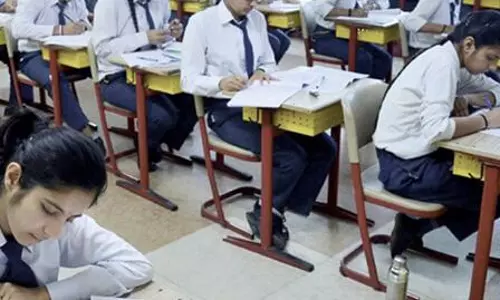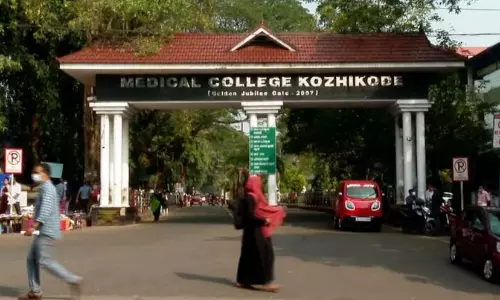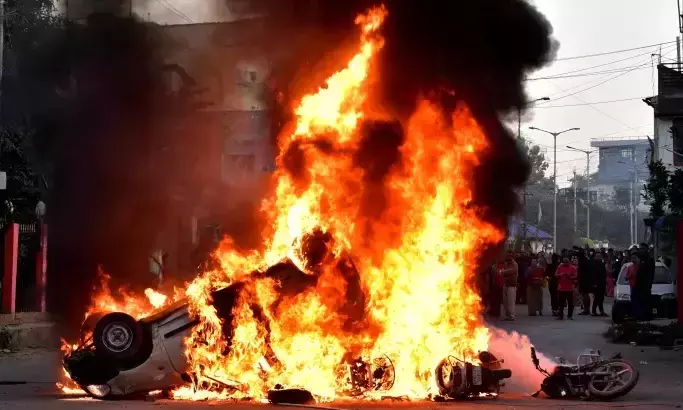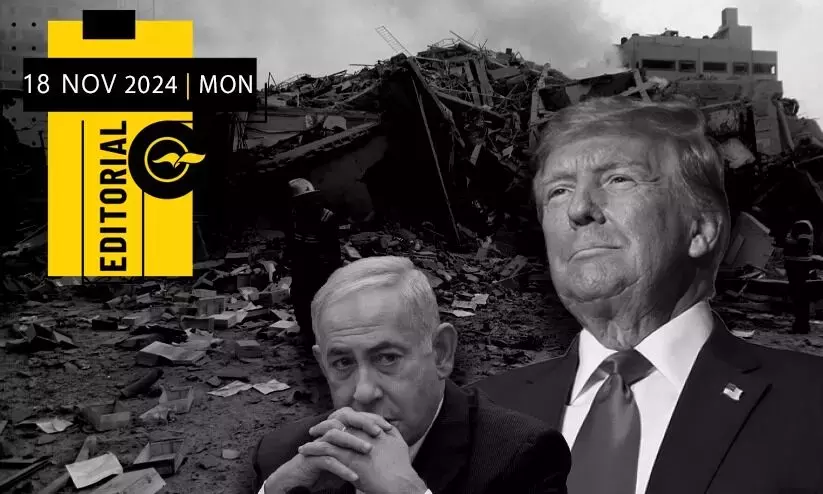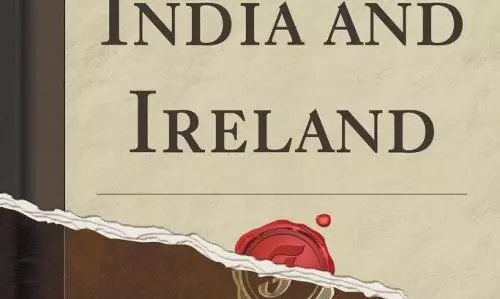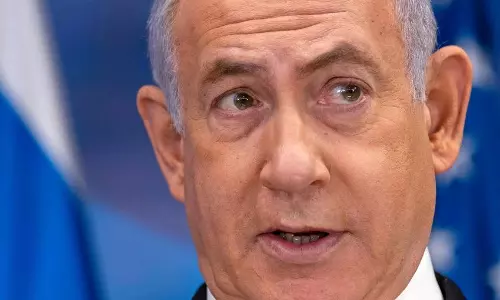
Trump's return could foster closer India-China ties, says US-India advocacy group chief
text_fieldsThe return of Donald Trump to the White House might inadvertently strengthen ties between India and China, according to Mukesh Aghi, president of the US-India Strategic and Partnership Forum (USISPF).
Aghi suggests that the looming pressure from Trump’s proposed policies on China has prompted Beijing to ease tensions with India.
During Trump’s campaign, he proposed tariffs of 60% on Chinese goods and up to 20% on other imports. This has reportedly spurred China to reconsider its approach to India to avoid simultaneous stress on multiple fronts.
Speaking to PTI, Aghi noted, “The Trump administration’s expected policies have put China under pressure to improve relations with India. As a result, agreements on border patrolling and direct flights have been reached, and an increase in visas for Chinese nationals traveling to India has been discussed.”
Last month, India and China achieved a significant breakthrough by agreeing to patrol arrangements along the Line of Actual Control (LAC) in eastern Ladakh, ending a four-year-long military standoff.
“The Chinese calculation is clear—Trump’s return could escalate tensions with the US. To avoid multiple confrontations, Beijing is seeking to ease its partnership with India,” Aghi added.
As Trump’s policies aim to bring manufacturing back to the US, India is well-positioned to play a pivotal role in securing supply chains. He emphasized India’s potential as a partner in the global supply chain, offering to manufacture components locally while supporting the transition of manufacturing back to the US.
“India can be instrumental in reducing dependence on China by becoming a secure source for critical components,” Aghi said. He highlighted the synergy between Trump’s "America First" approach and India’s Atmanirbhar Bharat (self-reliant India) initiative, suggesting both strategies could coexist.
Aghi also pointed to the broader geopolitical alignment between India and the US, especially regarding their shared stance on China. He highlighted robust trade, technological collaboration, and the growing influence of Indian-Americans in the US economy.
With trade between the two nations exceeding $200 billion, and Indian engineers playing a key role in developing US technology, the partnership continues to deepen. He noted that the Indian-American community contributes nearly 6% of the US GDP despite representing just 1% of the population.
He shared that corporate America is optimistic about Trump’s return, anticipating policies that lower corporate taxes and encourage growth. “The markets have responded positively, and the dollar has strengthened, signaling confidence in the new administration,” he said.
Aghi concluded that the India-US relationship transcends individual administrations, relying instead on shared geopolitical, economic, and trade interests. He urged India to support the US-plus-one strategy while ensuring mutual growth through collaboration.
“India’s strategic role in the new global order will be pivotal, balancing its domestic aspirations with international partnerships,” he said.








